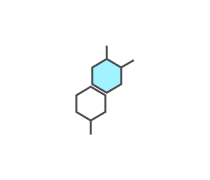Basics Of Nucleic Acids Part - I
- AP Biology
- IB Biology HL
2.
You may optionally provide this to label your report, leaderboard, or certificate.
×
Thank you for your feedback!
















